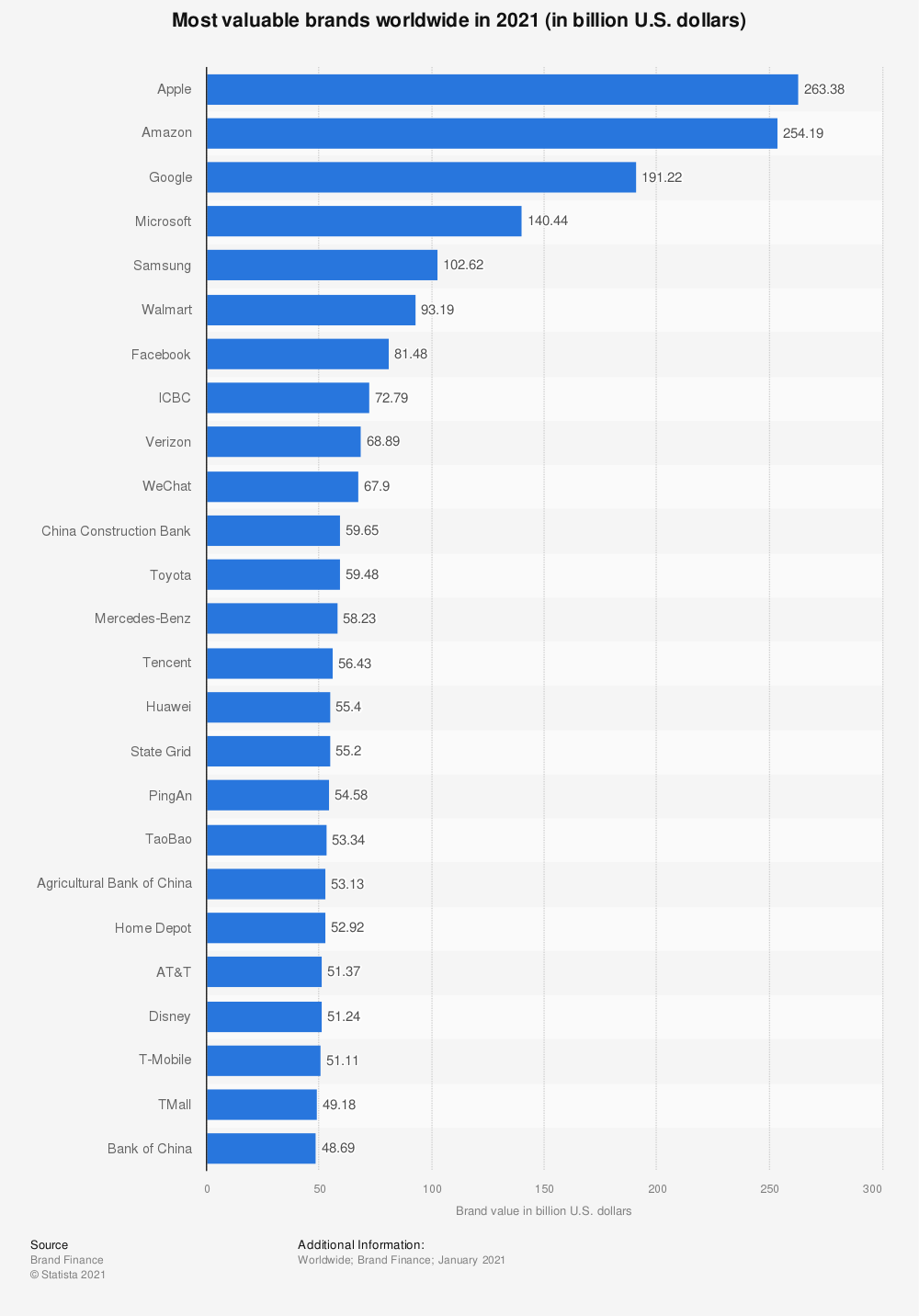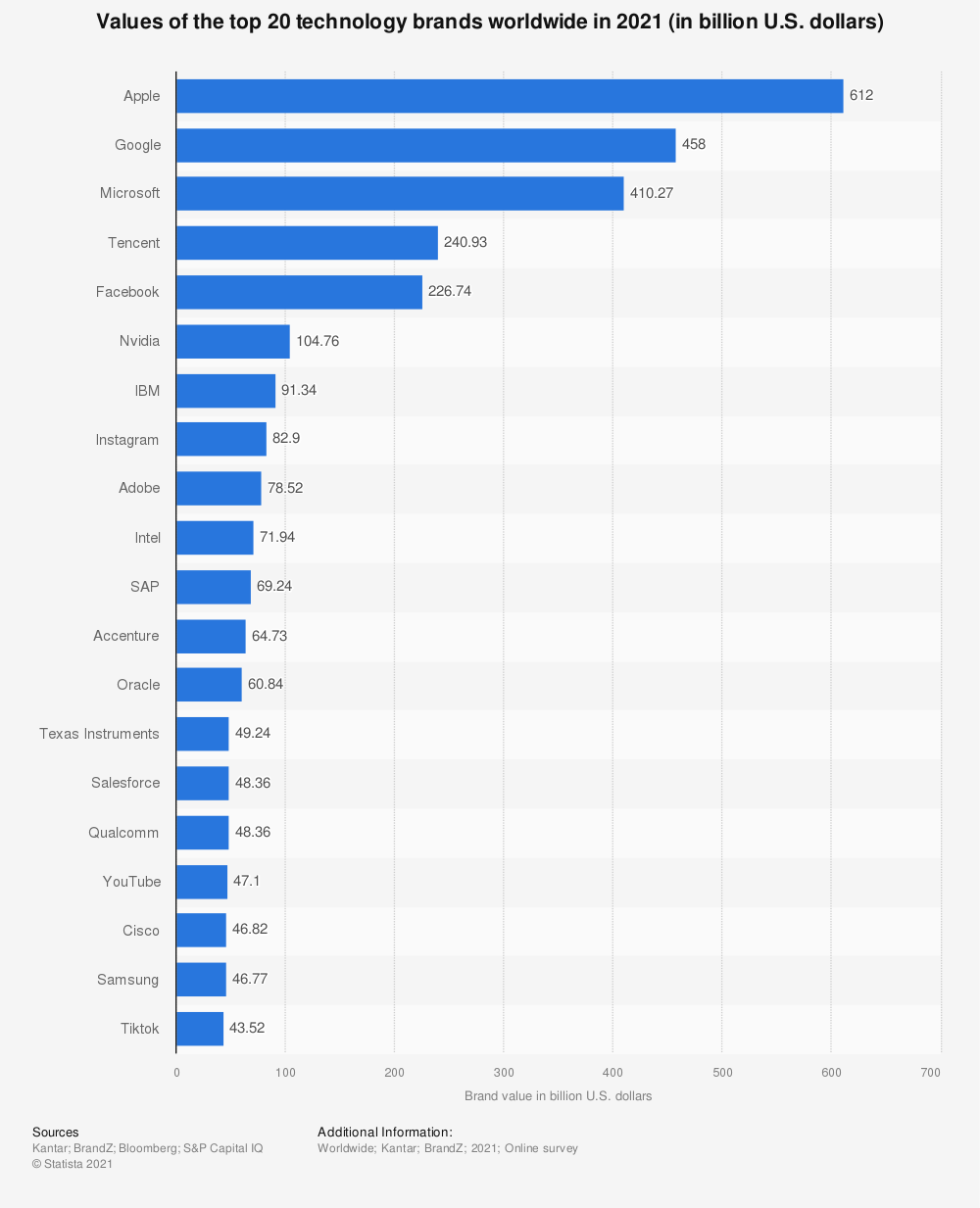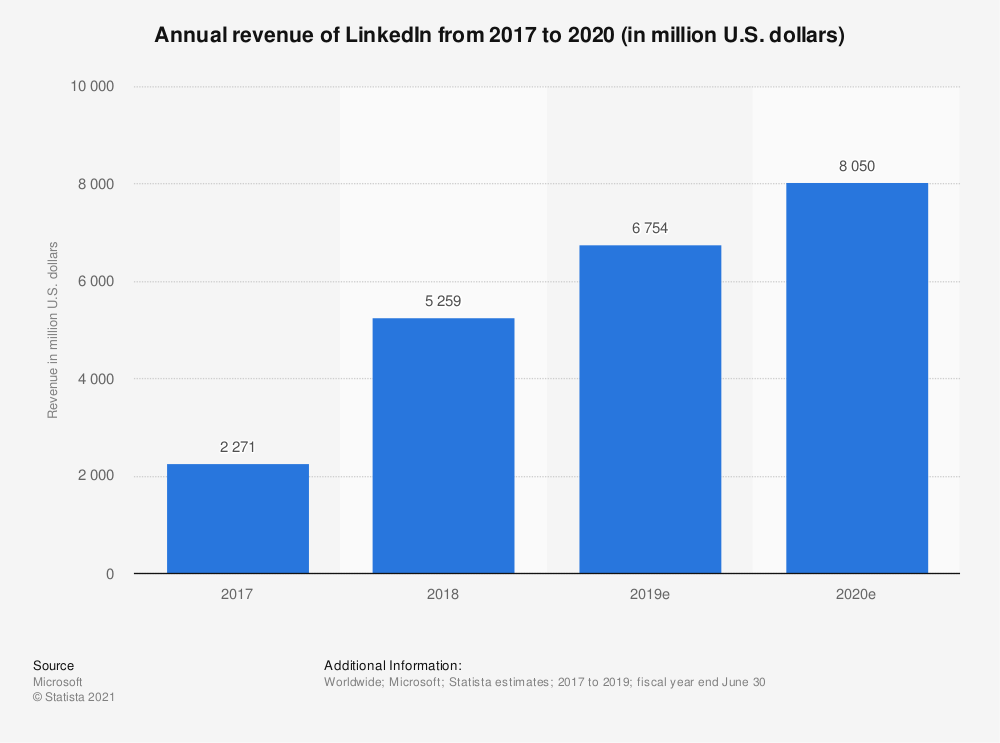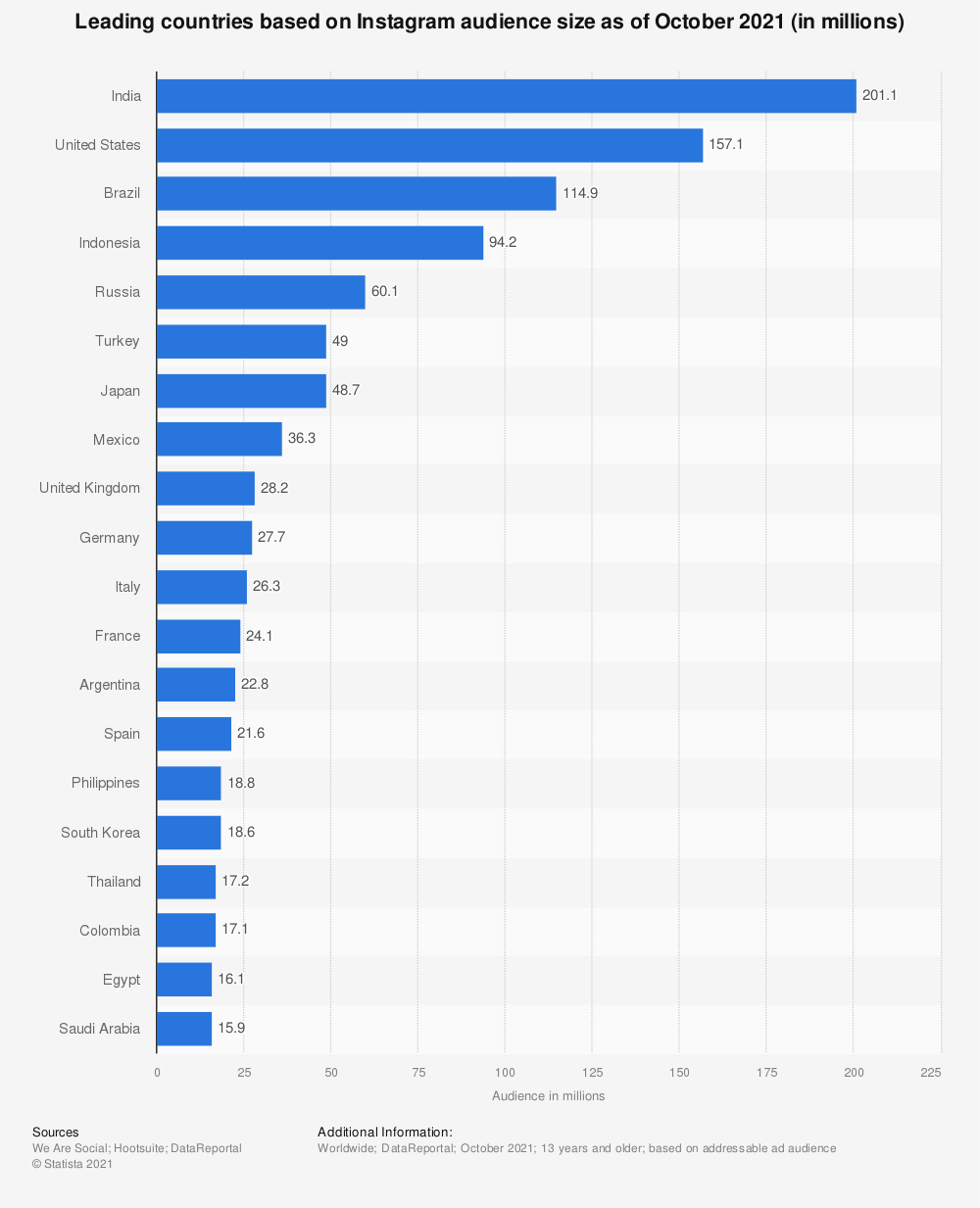When it comes to increasing brand awareness, a multi-channel digital marketing strategy will be the way to go and social media marketing will be an essential ingredient. From devising a comprehensive social media strategy to using social media advertising to amplify your message, this article looks at how you build a brand awareness campaign, create a social media strategy and deliver that through HubSpot.
Firstly, what is "brand"
But, before we go further, we should clear up what terms relating to brand actually mean:
Brand Awareness: Brand awareness is a general term that describes how familiar (aware) consumers are with a brand or its products. Put, brand awareness is the measure of how memorable and recognizable a brand is to its target audience. Bynder
Brand Equity: Brand equity refers to a value premium that a company generates from a product with a recognizable name when compared to a generic equivalent. ... When a company has positive brand equity, customers willingly pay a high price for its products, even though they could get the same thing from a competitor for less. Investopedia
Brand Value: Brand value is the monetary worth of your brand if you were to sell it. If your company were to merge or be bought out by another business, and they wanted to use your name, logo and brand identity to sell products and services, your brand value would be the amount they would pay you for that right. Qualtrics
This tells us that your plan to build brand awareness should underpin your drive to achieve brand equity before a potential business exit when you want to have strong brand value and brand recognition.
I feel Coca-Cola is one brand that everyone knows and has strong brand recognition. It's so well branded visually, by taste, and by time of year, like when the Christmas Coca-Cola adverts appear on your TV screens.

But to see the power of the brand by industry niche, we obtained this graphic from Statista that shows the change in brand value by sector worldwide in 2021.

Published by the Statista research department July 14th, 2021
In 2021, consumer technology was the sector with the highest growth in brand value. Among the top 100 most valuable brands, the value of consumer technology brands such as Apple or Samsung increased on average by 67 per cent. Apparel ranked second, with a growth rate of 53 per cent.
And to give further credence to the power of a brand, we can see below the list of the most valuable brands worldwide in 2021, where the top 5 are tech companies.

And finally, to further impress the value of “brand” to tech companies (our audience), check out the values of the top 20 technology brands worldwide in 2021 too.

What I like about this particular graphic is that the worlds strongest tech brands are a mix of B2B and B2C brands so readers will be familiar with a number of them. It also supports the notion that it doesn’t matter to whom you’re selling goods and services, the brand you develop will provide additional value. This is relevant to both business and personal brands.
I’m showing these stats and figures because I want to impress that brand building has to be a key part of your business plan as it directly ties into positioning your business correctly and impacts P&L.
And if reading this has given you info to go to the business and ask for a brand-building budget, then I’ve already in part achieved something significant by having you read this far. If not, check out these fantastic social media statistics to further aid your cause.
Now that the power of a brand is apparent, let’s look at how you can increase your brand awareness.
How to increase your brand awareness
As I mentioned at the start of the article, social media platforms will play a key part in engineering and delivering your brand awareness strategy. The type of platform you use will govern the type of message you can deliver, so research this carefully. In this article, which is a deep dive into the many aspects of this subject, you will finish feeling confident that you can focus on your own social media marketing strategy.
We will now dive into how you can best achieve this and look at what goals organisations are typically looking at.
There are key objectives that you need to learn fast like what times to post, which social ads work best and for what outcome, and also that your audience will likely want to use social for customer support. And is important to manage social media engagement very carefully, otherwise, any transgressions will be rapidly redistributed and you cannot take those back.
So what are the types of goals that companies are focused on?
The graphic below shows research from HootSuite resources.
The top goal for 90% of companies are building brand awareness, but for me, it’s building and managing an engaged community at 71%. The reason for this is that I have a fundamental belief that customer experience is at least the number 2 driver of revenue for most organisations. If you can nail customer experience across your channels, you will significantly increase your reach and sales through social referral or social proof.
According to Statista’s social media stats and facts, there are some key learnings to take:
Social media conversion rate is one of the social media metrics you want to keep an eye on when building your brand on social media. It gives you a unique insight into how your presence on social networks impacts your business goals. And while social media is a great tool for connecting and engaging with your customers, it can also generate leads and drive sales.
It might take some time to optimise your social media marketing campaigns or social media ad campaigns (and lots of A/B testing) to reach your goal. Whether it's boosting brand awareness, driving traffic or generating sales. But ultimately, understanding how to increase conversions with social media leads to a better ROI and more customers.
In this article, we cover the best tactics for your social media manager that help you achieve just that.
1. Optimise your landing pages
The brand's ability to win customers on social media requires creating a seamless experience. Whether they get to the landing page from Instagram bio or after clicking on one of your ads, the goal is to be clear and consistent with your message. This means creating a landing page that's easy to navigate and with minimal interruption.
Check out how Beats promotes its latest product - Beats Solo Pro - in their Instagram bio.


With just one click, you get to explore the product's features and colour variants with the option to put the headphones straight into your shopping cart. A great example of an interactive and smart landing page optimised for social media conversion.
What's common for all of the landing pages that boost conversions?
One of the most important qualities of a landing page is that it’s mobile-friendly and optimised for search engines. With 76% of US consumers shopping online and mobile shopping expected to hit $209 billion by 2022 (56% increase from 2019), having a mobile-friendly website is a must.
Using an effective call to action convinces users to take the next step in the marketing funnel and should eventually lead to conversion. Choose an active voice and be straight to the point. Need inspiration? Check out these proven examples.
Product specifications and details are easy to read and understand. The Beats example shows how powerful this can be. Customers get instant access to all of the important product information. These are the main features of the product, its benefits and price.
2. A/B test your social posts
Building and optimising social media presence doesn't come easy, so how can you maximise your budget?
One way to achieve success is by performing regular A/B tests. A well-defined marketing strategy serves as a basis for everything you do, and A/B testing is an important element to it. Continue reading to learn how to A/B test on social media.
What is A/B testing?
A/B testing is a traditional tactic also known as split testing or conversion optimisation allowing you to refine your social media strategy in real-time. This method enables to test of small variations to understand which is the most effective with the particular audience. The ultimate goal is to make data-driven decisions and gain insights into what works best for each of your social media platforms.
How to A/B test on social media
You start by creating two slightly different versions of a social campaign and sending it out to a small percentage of your target audience. Half of the people get to see version A and the other half is shown version B. The winner is chosen based on the campaign's objectives such as reach, engagement or conversion rate (keep reading to discover more about setting key objectives)
Some of the common questions you'll try to answer with A/B testing are:
-
- WHY is your social media campaign a success/failure?
- WHAT social channels should you focus on?
- WHAT kind of content and message resonates the most with your audience?
- WHEN is the best time of the day to share the content?
- WHICH ad formats generate the highest conversions?
The winning A/B test strategy
A/B testing thrives on social media because it’s flexible and efficient by nature. With a good split testing strategy, you’ll start seeing results soon and will be on track to produce better content with time. After gaining enough feedback about what doesn't work, you can identify problems and create a winning strategy that teaches you something new every single time.
What are the main elements of a successful A/B strategy?
1. Find your target audience and get the necessary information about the buyer persona.
This should include the following: demographics, their goals, interests, behaviours and pain points. Demographics is especially important as it involves a few key characteristics you can't ignore.
These are a location (very effective for small businesses), age, gender, professional title and education. On the other hand, interests and behaviours allow you to reach the right people based on what they do and like.
2. Identify the most important KPIs to know what you are testing for.
The social metrics map below by SproutSocial is a fantastic source of all of the relevant key performance indicators. For example, if you test posts for awareness, your metrics will be your impressions, reach and cost-per-impression. This way, you can measure how your efforts to generate brand awareness link up with reality.
3. Form a hypothesis about what content you want to post and what elements you'll be testing.
Based on understanding your buyer persona and social media objectives, you should be able to come up with some conclusions. These will help you determine which content might do well and what will work for your audience. After that, create two identical versions different in one element.
4. Run the tests, document what you've learned and optimise the content accordingly.
After running the tests, it's important to sit down and document what you were testing and the results you got. This will allow you to choose the winner, create new hypotheses and run more tests to meet your objectives and eventually deliver the best content for your customers.
What can you test?
- Social Media Content: The headlines and link previews are highly visible and therefore important to test. Your post's length, tone of voice, punctuation, hashtags and style all impact how the audience will react to your social content. And calls to action are the part where you ask readers to engage, so be sure to run tests to understand the small details.
- Layout: This is where the differences between social media channels come into play. Facebook, Instagram and LinkedIn all have different ad formats from which you can choose the most suitable one. For example, as a small business in the B2C segment, using Instagram photo ads, carousel ads and eventually Instagram stories ads while testing various calls to action might be a good place to start.
- Image/Video: While it's no secret that the posts with images perform better, testing this in practice is important. What types of images generate the best results? Unique content stands out. But do you want to focus more on being educational with graphs and infographics or choose entertaining videos and photos with people and products?
Tip: Remember, split testing is only used to test one variation at a time. You have to run multiple tests if you want to test a couple of different headlines, calls to action or images.
Once you have a solid strategy and know which elements to test, you can finally start with the testing.
Tip: If you're running a paid campaign without using any tools, Facebook and Instagram let you split your ads automatically.

3. User-generated content as a social proof
With rising digital ads costs and organic reach that's slowing down, getting your message across to the customers is becoming more complicated and expensive. One of the solutions to this is utilising customer advocacy.
According to the statistics, 85% of the users find user-generated content (UGC) more influential than brand photos or videos. And 70% of consumers place peer recommendations above professionally written copy. Promoting your content through customer advocates or micro-influencers serves as a much-needed sense of authenticity as well as a brilliant way to encourage sales. In addition to this, the more UGC that gets shared the more you know about your target audience.
There is no better way to cultivate a brand personality than finding customers that love your brand so much they are willing to show it off on their social accounts.
Buffer is a social media marketing platform that helps you share content using the hashtag #BufferCommunity to showcase the types of content, in this case, the photographs of its users worldwide.


Buffer isn't promotional about how easy to use their service is. Instead, the photos show that its users can work on their social media strategy from anywhere in the world with minimal effort.
The company focused on creating a great product for its customers and curated a social media presence centred around user engagement. This encourages its users to create their own content on their social media channels related to Buffer's goal of building a better community and promoting the brand.
4. Use video
Videos are mobile-friendly, easy to consume and bring higher social media conversions from your content marketing than other options (such as blog posts or plain images) for social media campaigns. Mobile video consumption rises by 100% every year. And by 2022, online videos will make up more than 82% of all consumer internet traffic. That's 15 times higher than it was in 2017.
Social media video content should have a place in your marketing strategy. It has great potential to drive conversions and audience engagements - if you learn how to use it right.
Whether you are targeting your potential customers on Facebook or Instagram, you don't have to produce tons of sophisticated content to share or have a massive budget. Even a simple educational video/animation about your product on Facebook or Twitter will do the trick and can put your business ahead of the competition. Watch how The New York Times captures attention and spreads its message with this short clip.
So you have our best tactics, now take a look at our best tips:
Essential Social Media Tips
If you are a business owner or the only marketing resource at a startup or small business, starting out from scratch on Social Media can feel daunting. However, the benefits far outweigh the negatives. And you don't have to obtain thousands of followers or run an expensive marketing campaign to prove it.
Your goal could be as simple as connecting with the current prospects or creating a buzz around your brand. Social media lets you build trust and generate engagement among many other positive things. Let's explore social media for small businesses and talk about the useful techniques you can start using today.
#1 Set goals and objectives
What are your overall marketing objectives? Is it building brand awareness, lead generation or customer engagement? Your social media presence must be well-thought-out and you should never post randomly. Clearly defined objectives will ensure your social efforts support business goals. Start with SMART goals (specific, measurable, attainable, relevant and time-bound), and stay away from vanity metrics.
Tip: Not sure what the good metrics are? Click here to see 19 essential social media metrics.
When planning a social media strategy, a good starting point is to analyse your competition. This allows you to see what the competitors do well and how it can inspire you. Learn about the success stories and practice social listening (more on this later) to give yourself the edge!
If you already have a social media presence, do an account audit. All of your accounts must follow the brand guidelines and marketing campaigns are aligned across every social media account you manage.
Your social media goals should be tied to 3 different stages of the buyer's journey: awareness, consideration and decision. Aligning these with the business objectives and choosing the right metrics to track is crucial. But always keep in mind the 80/20 rule of social media marketing.
It says that 80% of your content should provide value and information, while only 20% is promotional. Too many times businesses lose followers because they were pushing their message out. This is not what your customers expect and certainly not something the algorithms will support.
#2 Define your audience
Before choosing the right social media platform for your small business, you must gain insights about your customers. We use the pillars analogy to determine the ideal customers and learn about their needs and doubts. This way, we can create resonating content focused on providing value.
For example, BIAS is a marketing agency and our clients are mainly startups and SaaS or FinTech companies. We know that to effectively target these firms, we should use a formal voice and post explanatory content. And because we share a lot of stats and graphs, we make an effort to be visual. The social media networks we use the most to connect with the target audience are LinkedIn and Twitter.
Your target audience demographics may be entirely different, so you need to dive deep into the customer's needs from the start. Understanding them well will pay off in the long run. Using Social Analytics then helps you develop a complete picture of who's buying from you and interacting with your brand.
Tip: Getting new followers is fun but keep in mind that ultimately, it's turning them into new customers AND retaining them what counts.
#3 Choose the right platform
It's important to go where your audience is. For this, you'll want to look into the demographics of each platform. As there is no one-size-fits-all technique, we advise you to study the general differences between the platforms. After that, you'll better define what type of content to share and where. For example, Instagram is very visual, while LinkedIn offers a much more professional context to engage with other prospects.
And how many users are on social media worldwide including forward projections?

Published by Statista Research Department, Sep 10, 2021

Facebook is the biggest social media channel with 2.89 billion monthly active users (as of 2021). In 2018, there were 80 million business pages on Facebook. In short, it is a top platform for both B2B and B2C businesses. And with Facebook Ads, the platform also has the best and most comprehensive set of tools for paid advertising.
Consider Facebook as the social home for your business. In terms of content, choose a variety of formats. Video content, images, blog posts or infographics all prove to be useful on your Facebook page. And don’t be afraid to share industry content. As we've said in the beginning, it's about providing value to your customers first and foremost.

Published by Statista Research Department, Jan 28, 2021
According to the LinkedIn Sophisticated Marketer Guide 2019, LinkedIn is the most effective channel for achieving content marketing objectives for 82% B2B Marketers. With an estimated 645 million self-reported users, LinkedIn is one of the most popular social networks worldwide.
This is particularly true in the United States, where the company is headquartered: In 2019, LinkedIn had over 58 million users in the United States, and by 2022, this figure is forecast to surpass 66 million. But while the United States has always been LinkedIn’s leading market, the platform is also seeing increasing demand in countries like India and China.
Concerning age demographics, around 60 per cent of all LinkedIn users are between 25 and 34, and 19 per cent of users are adults younger than 25. It's a great place to publish posts with industry statistics, short educational videos or write your long-form content. The best thing about LinkedIn? It opens you up to an audience that already listens. And while building a strong reputation takes time and effort, LinkedIn's popularity is expected to grow. This makes investing your energy into building a LinkedIn presence worth it. Check out this article on LinkedIn for Business and dive into some more strategies.

Published by Statista Research Department, Nov 1, 2021
Twitter is a great place to build relationships with your customers as joining the conversation on this channel is easy. Engaging with customers promotes positive feelings about your brand. This, in turn, encourages future purchases and raises overall customer satisfaction. According to this Twitter survey, 85% of people feel more connected to a business when they follow it on social media.
And while you should focus your energy on conversations, Twitter is also a way of driving traffic to your website - traffic that could convert into paying customers. From blog posts to new product offerings, tweeting the links with catchy descriptions gives people a reason to click and visit your page.
As you can see from the graphic above, the growing number of monetizable users on Twitter is growing at a rapid rate quarter on quarter, which means like Linkedin, it's a great place to build a following.

Published by Statista Research Department, Nov 24, 2021
Finally, let's talk about Instagram. More than 500 million people use this platform every day. And with more than 71% of users under the age of 35, it still has a relatively young audience. Optimising your profile by tweaking the bio and choosing the right profile picture is the first step. We wouldn't advise starting on Instagram without committing to a regular posting schedule.
Showcasing your product is the first thing that comes to mind; consistency is important. Creating compelling visuals takes time. Using similar colours and filters with an easy-to- spot aesthetic is a great way to get more reach. Big brands such as Coca Cola, Taco Bell and Spotify bring this strategy to perfection.
On the other hand, companies that offer services are good at showing what's going on behind the scenes. Highlighting the office life, introducing the people behind your brand or showcasing customer stories inspires the followers and generates engagement.
Dominate on one Platform
According to Melinda Emerson (the author of an ebook 'How to Become a Social Media Ninja'), picking one platform and dominating on it is a perfectly viable strategy. “Find out where your target customer spends time online. Then pick one social platform and dominate on that one. Claim your profiles on the other networks, but focus most of your time on that one. Listen first."
There are opposing views on whether to focus on a single platform. But if you do exceptionally well there, prefer quality content over anything and have a limited budget, it may be a convenient solution for your small business.
After you are clear on what you are trying to achieve, who's your target audience and what type of content you'll share on which platform, it's time to start posting.
#4 Start the Conversation
The unique benefit of social media is that businesses can approach their customers directly. This helps to build relationships, rather than asking for a sale right upfront. And relationships that lead to purchase are one of the reasons people follow their favourite brands on Twitter, according to this report.
Starting the conversation and engaging with your prospects comes down to social monitoring and listening. Monitoring tells you what, listening tells you why. When you take time to engage with the customers and create a real connection, that's when you do social monitoring. The ultimate goal is to make the interaction positive and create a meaningful experience.
Social listening is about analysing the data and seeing the bigger picture. It enables you to use the most relevant hashtags to increase reach. And it gives you a way to identify the key audience and create useful content to establish your business as a thought leader.
You must use both monitoring and listening to engage with your customers. Your target audience is on social media to inform its decisions, research products and ultimately, make a purchase. Interacting with the customers and being present is the first step you can do to improve your brand reputation and sell more.
4 impressive benefits of social selling
As customers spend more and more of their time in the digital world, the need for social selling grows. With 54% of social browsers using social media to research products and the average time spent on social media is 2 hours and 22 minutes, and your brand's online presence heavily influences buying habits. And in this section, we are going to look into 4 impressive benefits of social selling.
The customers now have instant access to your product specifications, price and reviews because of the internet and social media apps. As a result, making purchasing decisions takes longer with 80% of buyers spending more time researching purchases. And if their experience is positive, they are more than likely to recommend your brand to friends and family.
Social selling is the latest technique capitalising on this trend. The goal is to engage potential customers and nurture your prospects to build trust and establish a brand that resonates.
What is social selling?
Sales strategy these days is much more about engaging and educating, rather than cold calling or offering trials. Social selling is a strategic approach used in different steps of a buyer's journey both in B2C and B2B segments. Typically, social sellers interact with customers directly via social media.
Social networks give marketers a unique chance to form new connections and expand their outreach. They join the conversations to answer questions about the product or service and offer relevant content. This leads to higher chances of a sale and potentially converts prospects into loyal customers.
So, how compelling is social selling when it comes to sales? We've chosen 4 impressive benefits of social selling and explained why it matters for your business.
Tip: Content Marketing is key to social selling. It allows you to connect with the customers and offer value while having a real conversation about your product.
1) Shortened sales cycles
Customers like to make informed decisions based on careful research. They don't have to decide immediately and your business isn't their only choice. This is where a solid social selling strategy comes into play. It allows your sales reps to be in a position to engage with the prospects in a meaningful and human way. And it also helps them to leverage social networks to their benefit.
How? By sharing useful content on social media platforms, your audience or buyer persona uses the most. With this strategy, salespeople can follow potential buyers throughout the sales cycle. This, in turn, makes the purchasing process much quicker and easier.
And who knows, if you provide a great service and stay consistent, maybe you'll even reach new people and generate a few interesting leads along the way! With social selling, the transparency of social media is your strength.
2) Improved brand reputation
Brand reputation is all about trust and the way the prospects see your brand. Social selling helps your sales team to build customer relationships long before they buy your product or service. But you can't just rely on promotion when it comes to attracting prospects. The trust is earned with a combination of industry trends, news and general consumer education. All of this makes you seen as a reliable source of information and leader in your field.
And it's not just about attracting new prospects. With social selling, sales reps can also impact the bottom of the funnel and delight the customers via social media. By asking for their feedback or interacting with them after the sale, they increase the chances of spreading a positive word out about their company. This strengthens the credibility and has a direct impact on the perception of the brand.
Tip: Online reviews have a great power to steer purchasing decisions with 92% of B2B buyers more likely to purchase after reading a trusted review.
3) Lead generation
Social selling gives sales professionals unique opportunities to gain intimate insights into their customers. This way, salespeople can find out what the prospects think of the products and services. And if your sales team knows how to provide useful information at the right time, it's a great opportunity to eliminate any possible doubts or misunderstandings.
65% of all B2B customers say that they have no issue with receiving sales related messages on LinkedIn. And 84% of C-level executives use social media to make purchasing choices. If you can find and contact the right decision-makers, social media can be a fantastic source of highly qualified leads.
Tip: Of all the platforms, LinkedIn is the best place to start with social selling as it enables you to reach a quality audience in a professional context.
4) Better customer retention
Social selling isn't just about attracting new clients but also helps retain current ones. Recurring customers drive sustainable growth and this is especially true for B2B segments. Consistent engagement based on writing posts, sharing useful content and commenting keeps you in touch with 45% of former customers. It helps them to connect with your brand and learn about the latest offers in the long term. So when it's time to buy your product again, the customers turn to you.
Conclusion
Digital and social selling has the potential to lead to significant revenue gains. Its value has been proven and your competition is already using it. In addition to that, your target audience is on social media to inform its decisions, research products and engage with the brands.
Social selling can't be ignored. It shortens the sales cycles, builds deeper customer relationships, improves brand reputation and helps to achieve better customer retention. And as technology becomes more embedded in our professional lives, it's expected social selling will grow in popularity over time.
And that concludes our dive into increasing brand awareness with Social Media, now in a final step, let's look at how you can run your social media campaign on HubSpot, a leading marketing automation platform.
Social media marketing with HubSpot
Assuming that your team have defined your content campaign, for the sake of this discussion let's keep it simple, it's a blog campaign.
Your first step is to set up your content in the SEO tool in HubSpot, you access this through the marketing menu, MARKETING>WEBSITE>SEO which will take you to a list of your current campaigns.

The green lines let you know that your support content is linked to your pillar page content and that the articles have been written and published on the web.
Using HubSpot's social media management tool, you can start to pre-post your social media posts and see what post, what platform and at what time at a quick glance. You can access this screen via the marketing menu, MARKETING>SOCIAL.

Once you start your pattern of posting, you can start to track your marketing channels and see what type of posts are getting engagement and which are not.
You can then use this data to test out times of day your posts are well received, when they are not, what types of posts are shared and which are not. You get the picture right?

In addition to your organic social media posts, you can use HubSpot's Ads tool to manage your Facebook and LinkedIn ads (as well as your PPC).
So far we've discussed brand awareness, social media publishing and strategy and how you can deliver that using HubSpot's marketing automation tools. If at this point in the article you think you still haven't learned enough, why not leave a note below and we can try and add further information to include your suggestions.
Ultimately social media isn't a place where you can spray and pray, much like any other digital marketing channel, ongoing testing, automation and iteration is required. You need consistency, relevancy and a very well designed tone of voice that sets you apart.
If you or your business is finding developing a social media presence challenging then BIAS is an award-winning digital agency that delivers social media marketing for you as part of a multi-channel inbound content marketing campaign. If you need support with an upcoming campaign? Book a quick 15 minute chat with one of our team today.





